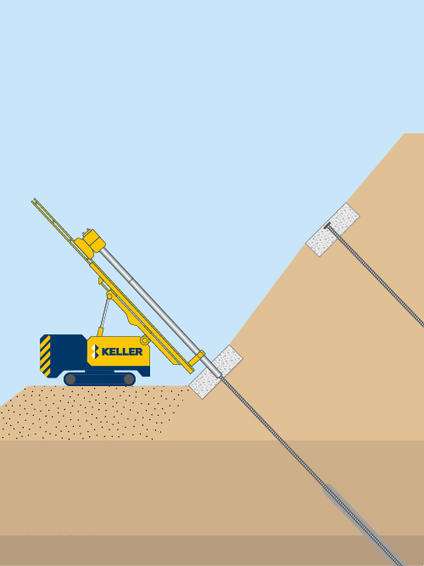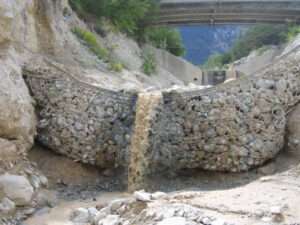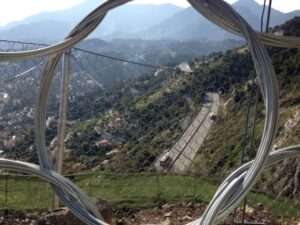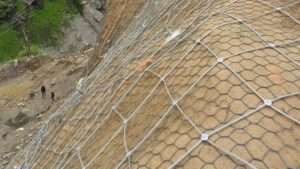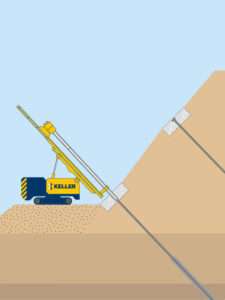Introduction
Slope stabilization is a critical component of geotechnical engineering, preventing landslides, erosion, and structural failures. Among the various anchoring solutions, fully threaded anchors (FTAs) provide a robust and versatile method for reinforcing slopes, retaining walls, and other earth-support structures. This article explores the principles, benefits, and applications of fully threaded anchors in slope stabilization.
What Are Fully Threaded Anchors?
Fully threaded anchors (FTAs) are continuous-threaded steel bars designed for high-strength reinforcement applications. Their full-thread design allows for optimal load transfer, making them suitable for both temporary and permanent slope stabilization projects. These anchors can be used with grouting techniques to enhance soil bonding and structural integrity.
Components of a Fully Threaded Anchor System
A typical fully threaded anchor system consists of:
- Threaded Steel Bar: Provides continuous threading for enhanced load distribution.
- Couplers: Extend the anchor’s length if required.
- Bearing Plate and Nut: Securely transfers loads to the anchored structure.
- Grouting System: Strengthens the bond between the anchor and surrounding soil or rock.
Advantages of Fully Threaded Anchors
Fully threaded anchors offer numerous benefits, making them a preferred choice for slope stabilization:
- Superior Load Transfer: The continuous threading maximizes friction and load-bearing capacity.
- High Strength and Durability: Withstands tensile and shear forces in demanding conditions.
- Adaptability: Suitable for use in both soil and rock formations.
- Corrosion Resistance: Can be coated or galvanized for enhanced longevity in harsh environments.
- Versatile Applications: Used in both temporary and permanent stabilization projects.
Applications of Fully Threaded Anchors in Slope Stabilization
Fully threaded anchors are widely used in various geotechnical applications, including:
- Landslide Mitigation: Strengthening unstable slopes and preventing soil movement.
- Retaining Walls: Enhancing structural stability in excavation and foundation projects.
- Erosion Control: Preventing surface soil loss in construction and infrastructure development.
- Rockfall Protection: Securing loose rock formations on steep slopes.
- Tunnel and Mining Support: Reinforcing underground structures for added safety.
Installation Process of Fully Threaded Anchors
The installation of fully threaded anchors follows a systematic approach to ensure optimal performance:
1.Site Assessment: Conducting geotechnical evaluations to determine anchor placement and specifications.
2.Drilling: Creating boreholes in the designated locations.
3.Anchor Bar Placement: Inserting the fully threaded anchor into the borehole.
4.Grouting: Injecting grout to secure the anchor and improve soil bonding.
5.Tensioning and Load Testing: Applying load to verify anchor performance and stability.
6.Final Inspection: Ensuring compliance with engineering standards for long-term reinforcement.
Conclusion
Fully threaded anchors provide a reliable and efficient solution for slope stabilization, offering superior load distribution and structural integrity. Their adaptability and strength make them an essential tool in geotechnical engineering, ensuring safety and stability in various construction and infrastructure projects. By selecting the appropriate anchor type and installation method, engineers can effectively mitigate slope instability and enhance long-term stability.


